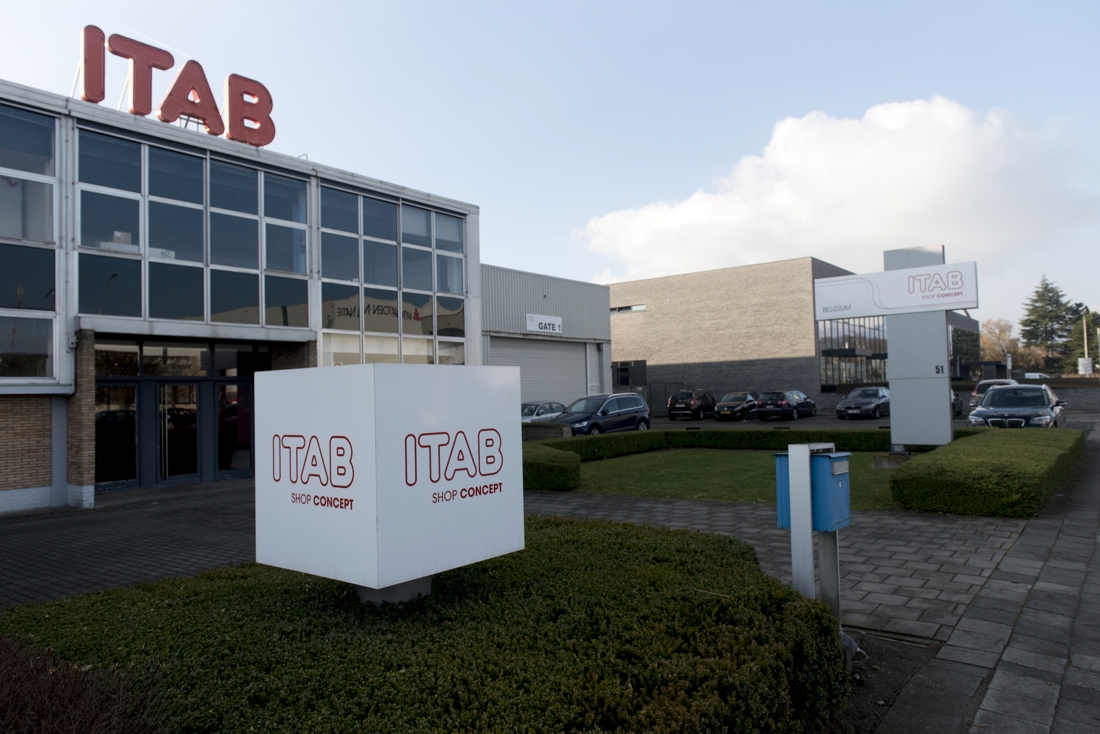

The workĪrea wa contains the first row of each group and represents the group in the loop. In particular to the component wa-carrid that is used for grouping. The example shows the simplest form of grouping: by one column, without explicitly specifying the outputīehavior of the group loop: Within the loop, there is access to the work area wa, Internal tables can also be grouped using the expression FOR GROUPS. Groupings using GROUP BY replace self-programmed group loops (see the example). A grouping with GROUP BY can usually replace group level processing in cases where the internal table is sorted before the loop by the group key (see the

Of the rows and the processing order of the loop. Level processing, a grouping with GROUP BY is not defined by the structure Processing with the statement AT is possible in a LOOP with the addition GROUP BY. Table is specified as the result of a call or expression, only the group keys exist in the group loop and not the groups themselves.Ī LOOP with the addition GROUP BY is not possible for mesh paths.

Is specified directly as a data object and not specified as the result of a call or expression. Is only possible in LOOPs for which the internal table itab The same applies to sy-subrc as in aĪ grouping (the assignment of rows to a group) exists only within the group loop and a group can only

The first loop pass sets sy-tabix to 1 and each subsequent loop pass raises it by 1.Īfter leaving the loop using ENDLOOP, sy-tabix is set to the value that it had before entering the loop. If a group key binding is defined in the outputīehavior, the groups are counted in sy-tabix. If a representative binding is defined in the outputīehavior, sy-tabix is set to the value that would be set for the row representing the group in the LOOP without grouping. This variant of the statement LOOP AT with the addition GROUP BY sets the values of the system field sy-tabix in the group loop as follows: The internal table itab cannot be modified in the group loop unless the addition WITHOUT MEMBERS is specified. This defines, in particular, the first row of each group, used as a representative in the If the assignment of the rows to their group is defined, the order of the rows of a group is based on the time they are assigned to the group. The default order of the groups is based on the time their group key is first created, which itself can be overridden using the additions ASCENDING or DESCENDING.
Itab group plus#
The default order of the groups in the group loop plus the order of the members within a group is defined by the processing order of the LOOP in the first phase: If the assignment of the table rows to their groups is defined, a member loop LOOP AT GROUP can be nested in the LOOP to read the rows in each group. The output behavior for the group loop is defined in group_result and the corresponding values can be accessed in the loop. The statements in the statement block between LOOP and ENDLOOPĪre executed for each loop pass. In the second phase, a loop is executed across all groups. If theĪddition WITHOUT MEMBERS is not used, this assignment is internal and can be used for access to the members of a group in the second phase. This is the group of all rows with the same group key. For each row read, a group key is constructed in the group key expression group_key instead. The statements in the statement blockīetween LOOP and ENDLOOP are not executed during In the first phase, all rows specified by the conditionsĬond are read in the processing order specified in a If the addition GROUP BY is specified, the LOOP is processed in two phases: TRANSPORTING NO FIELDS cannot be specified. Loop across rows with the exception that the addition Same applies to the syntax of the additions result and cond as to a LOOP AT itab result GROUP BY group_keyĪT itab groups the rows of the internal table and executes a loop across the groups. Processing Statements for Internal Tables → SAP NetWeaver AS ABAP Release 751, ©Copyright 2017 SAP AG.


 0 kommentar(er)
0 kommentar(er)
